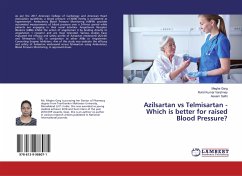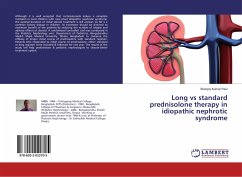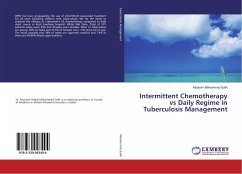Orbital fractures represent one of the more common conditions encountered today in our modern mechanised life which produces multiple maxillofacial injuries and is one of the relatively difficult fractures to reduce in the mid-face. There are various treatment modalities, but no consistent treatment of orbital fractures has gained universal acceptance especially with regard to the approaches. Treatment of orbital fractures remains one of the most controversial issues in maxillofacial trauma with regard to the classification, diagnosis, methods of incision and treatment. In the treatment of fractures of the infraorbital rim the choice regarding the approach to the infraorbital rim and the placement of incision is guided by the need to achieve adequate intraoperative visibility, minimal postoperative scar formation and good aesthetic results. A variety of surgical approaches to the infraorbital rim exist and can be conveniently categorized as transcutaneous or transconjunctival. This book attempts to compare the aesthetic results, and complications in patients treated for infraorbital rim fractures by the transconjunctival approach and subciliary approach.
Bitte wählen Sie Ihr Anliegen aus.
Rechnungen
Retourenschein anfordern
Bestellstatus
Storno








